Point Lobos State Natural Reserve: Where to Hike & What to Know Before Visiting
You may have heard Point Lobos State Natural Reserve referred to as the crown jewel of the California State Park system – and for a good reason!
Located on the central coast, this reserve is home to a diverse marine habitat that is protected by both the Point Lobos State Marine Reserve and the Point Lobos State Marine Conservation Area. On land, there’s an abundance of plant species, as well as plenty of wildlife. Visitors are able to explore the reserve via the interconnected hiking trails, taking in the beauty of this natural California gem.
If you’re interested in exploring this reserve, here is my guide on the best trails and points of interest, as well as the key information you should know before visiting.
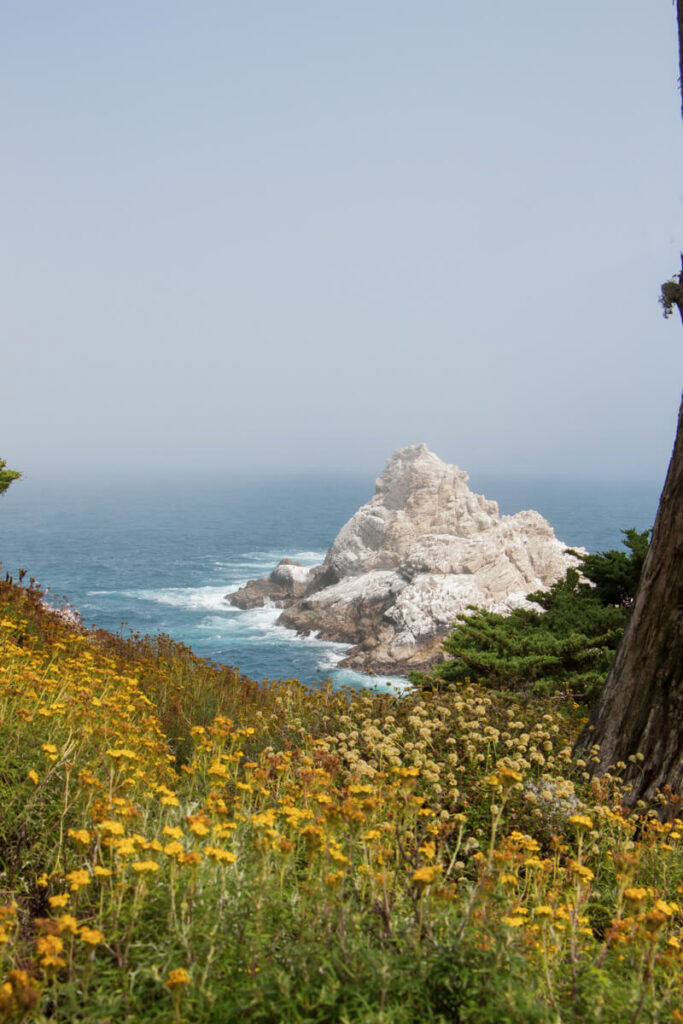
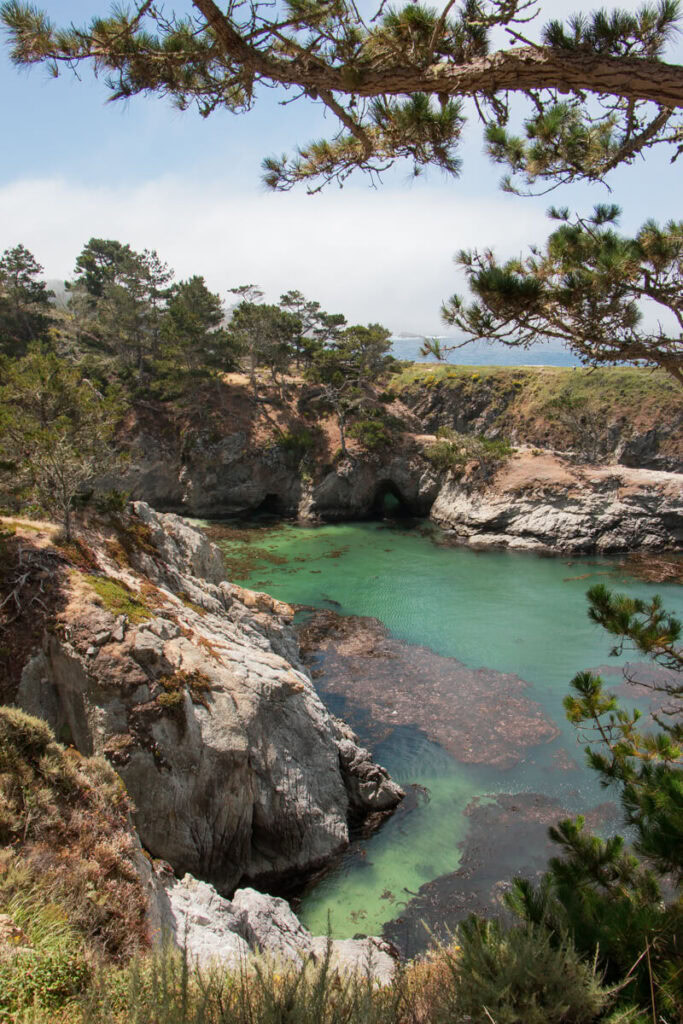
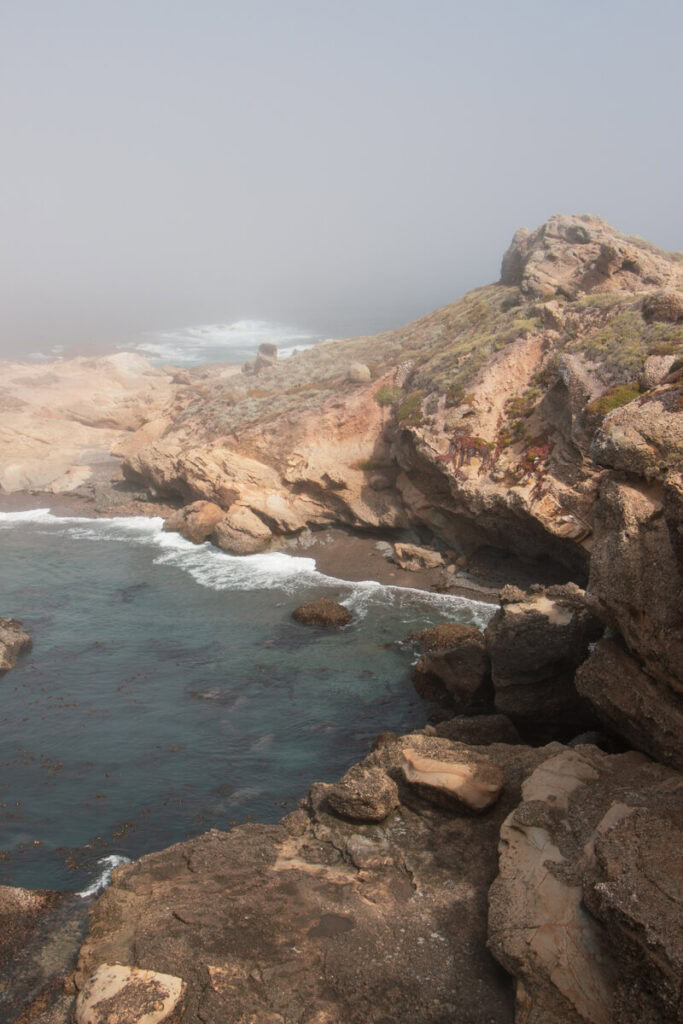
What to Know Before Visiting Point Lobos, California
Before we talk through the trails and must-see spots, here are some quick details on what you need to know before you visit the Point Lobos State Reserve:
- Cost: It currently costs $10 per vehicle to enter the reserve. You’ll pay the day use entrance fee in person when you arrive. You can also purchase a Point Lobos map for $2, if desired. If you have a Golden Poppy Annual Pass or a CA Explorer Annual Pass, you can use it to enter.
- Parking: There are numerous parking lots scattered throughout the reserve. Generally speaking, these lots are pretty small, so they can fill up fast! You may need to park further away from the trail(s) you’re interested in exploring and hike up to the trailhead.
- Dogs: Dogs are not permitted on the reserve.
- Weather: The weather in Point Lobos can be rather cool and windy, even in the summer – so be sure to bring layers! It’s also very common to experience a foggy marine layer, especially in the summer at the start and end of the day. For reference, when I last visited in July, it was fairly chilly and foggy in the morning, and it was also pretty windy. A sweater was needed earlier in the day, but it warmed up later in the morning. On average, the warmest time to visit is in September and October, when daytime temperatures typically hit the low 70s. During the rest of the year, expect daytime highs in the low to mid 60s.
- Official Website: As is the case with any state or national park, be sure to check the official Point Lobos State Natural Reserve website before visiting. Here, they will list any closures or current info that visitors need to know to plan their trip.
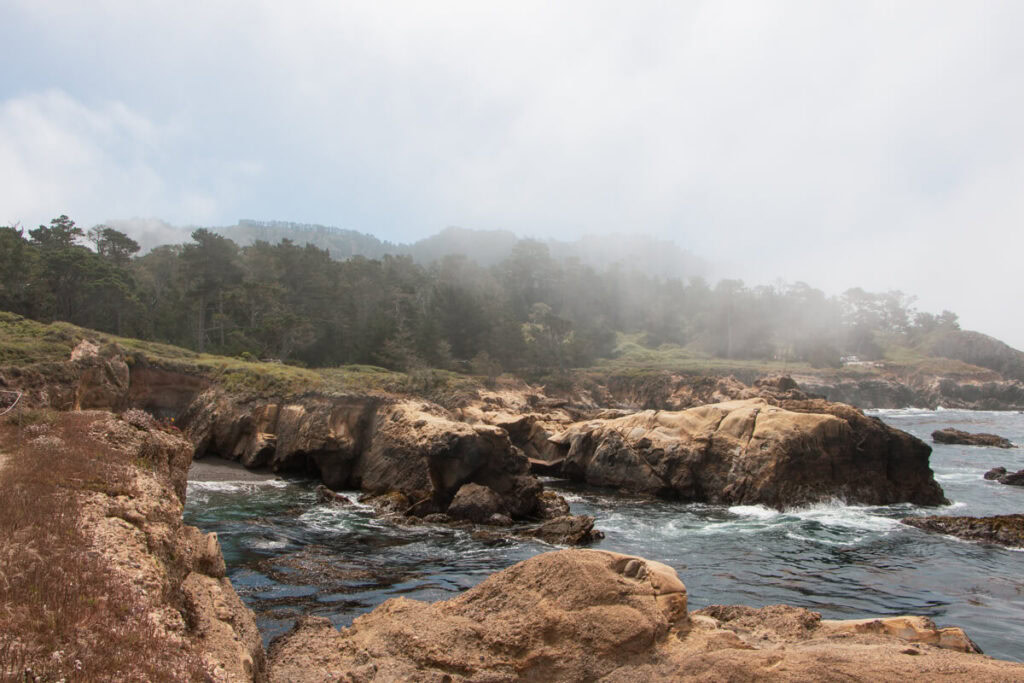
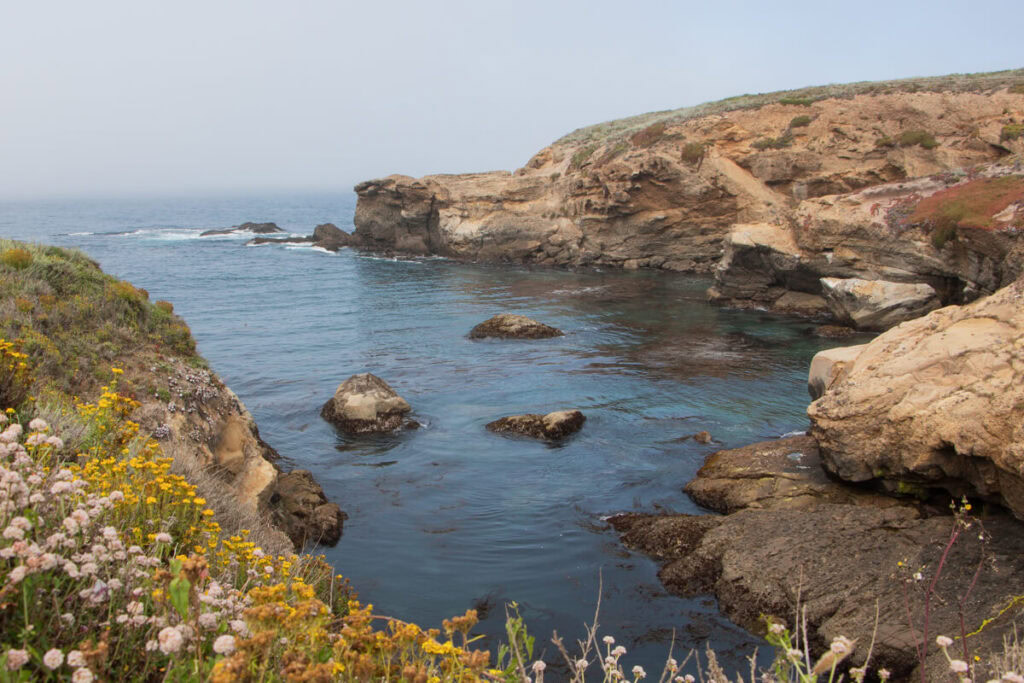
Point Lobos Hiking: The Best Trails in the Reserve
There are tons of Point Lobos trails all throughout the reserve – it can be hard to know which ones to do! These are some of the best worth considering for your itinerary:
- Cypress Grove Trail (0.9 Miles): This Point Lobos trail (pictured below on the left) is easily one of my favorites in the reserve. You hike underneath a dense forested area, getting an up close view of cypress trees, all while looking down at the beautiful coastline. It’s also a good area to see some wildlife – I saw a couple of deer last time I visited!
- Sea Lion Point (0.4 Miles): This trail (pictured below in the center) is right down the road from the Cypress Grove Trail, so you can easily do both. It’s located on a coastal bluff, and you get gorgeous views of secluded beaches. As the name suggests, it’s also a prime spot to see sea lions, as well as otters.
- Bird Island Trail (0.8 Miles): This trail takes you out to one of the most famous spots in the reserve: China Cove (pictured below on the right). This breathtaking cove (which you’ll see from atop the coastal cliff) is famous for its emerald green water and the picturesque white sandy beach. You can’t go down to the beach, but it’s stunning from above.
- Point Lobos Loop Trail (6.4 Miles): If you truly want to experience all that the reserve has to offer, this trail is for you! It takes hikers along the entire perimeter of the reserve, where you’ll get stunning views of the rugged coastline. It also includes all of the above trails, except for Sea Lion Point – although it passes right by it, so you can easily tack it on.
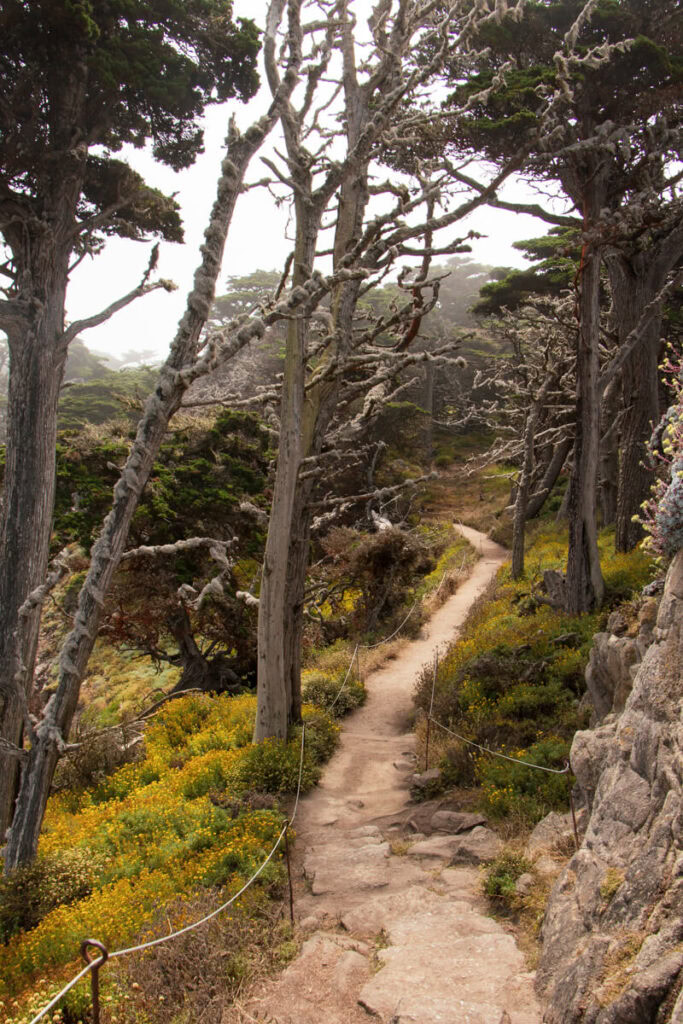
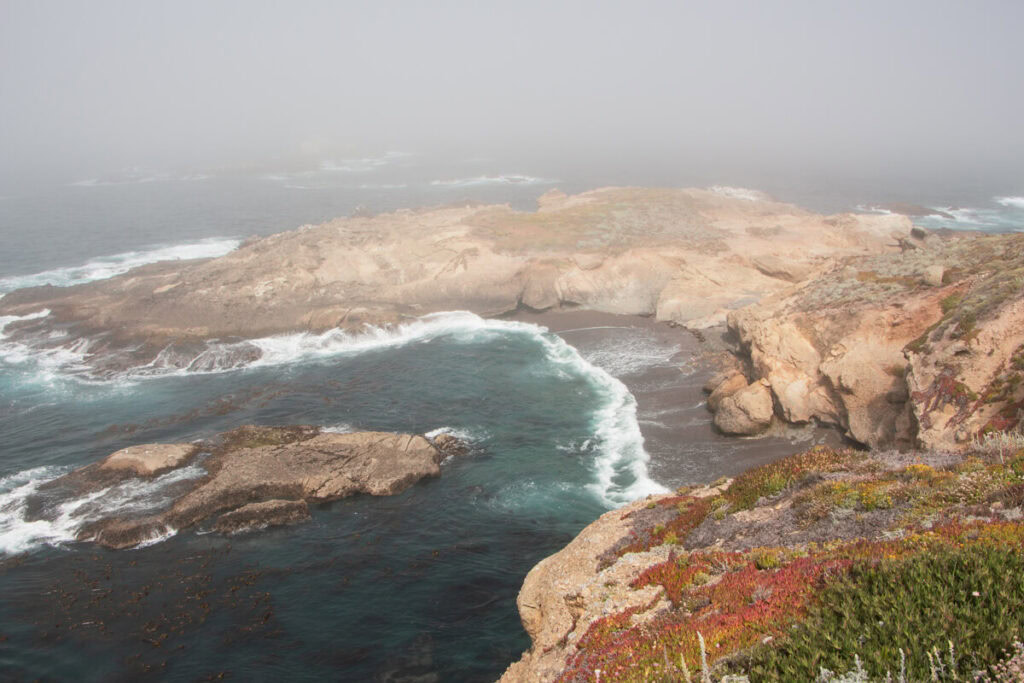
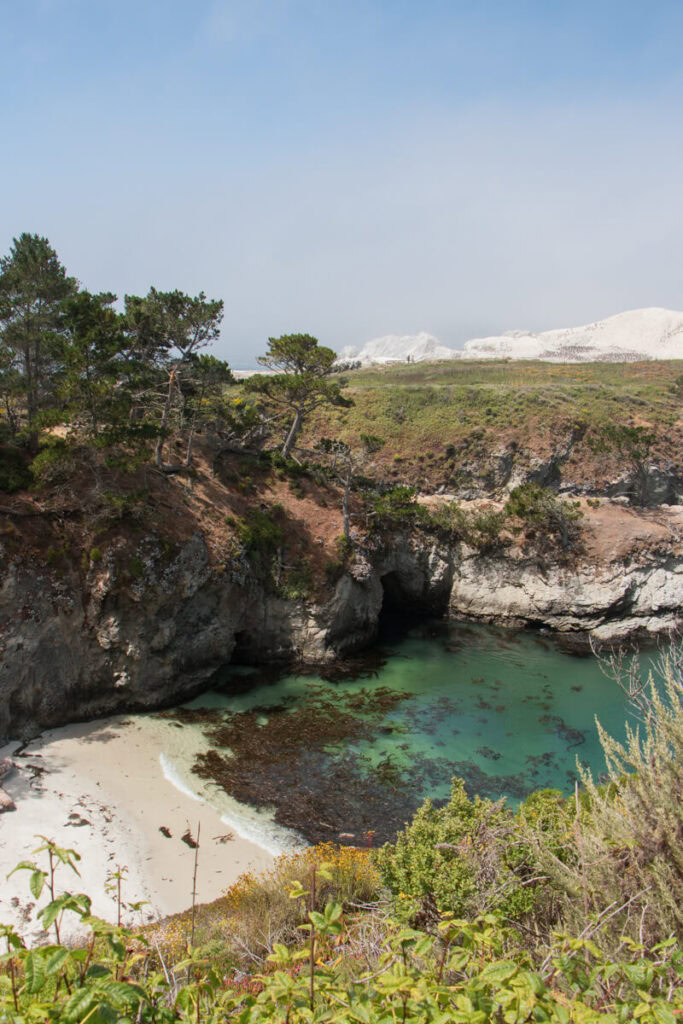
My Hiking Route Recommendation
If you want to hike a good portion of the reserve but aren’t down for the full loop, I recommend connecting the Cypress Grove, Sea Lion Point, and Bird Island trails.
Park near the Cypress Grove Trail, and start with that loop. From there, head over to Sea Lion Point to enjoy that short trail.
After that, connect to the South Shore Trail to walk along the coast and make your way to the Bird Island Trail to see China Cove. Once you’re done, you can make your way back up the South Shore Trail to get back to your car.
This whole route is approximately 3.5-miles long. I’ve created a map on AllTrails to show the full route – note that it is point-to-point, and doesn’t account for the (approximately) one mile hike back to the Cypress Grove parking lot.
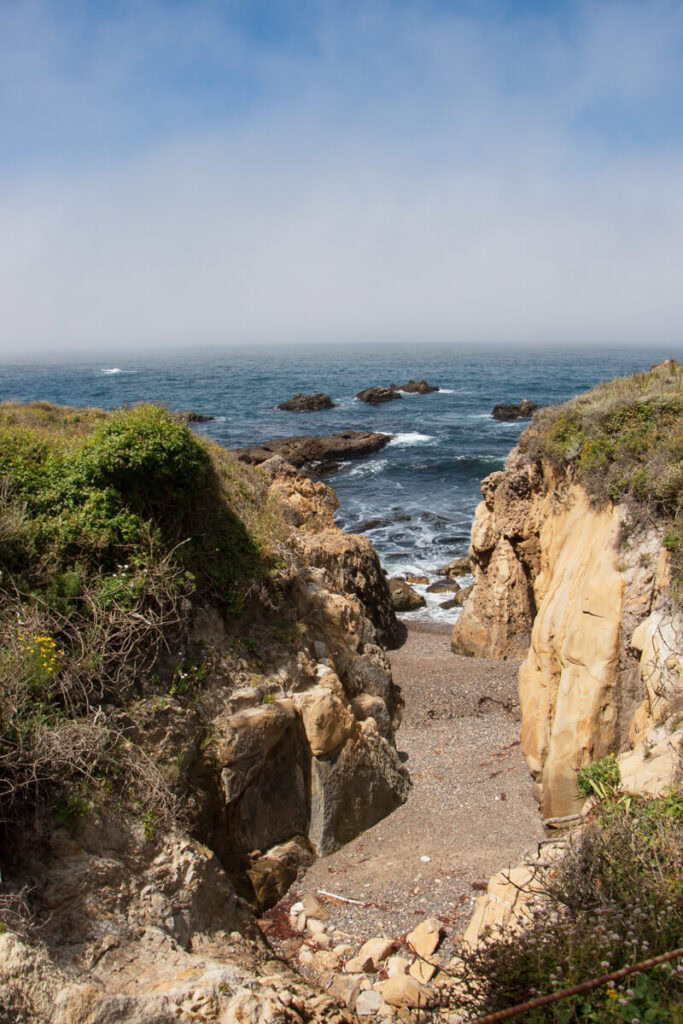
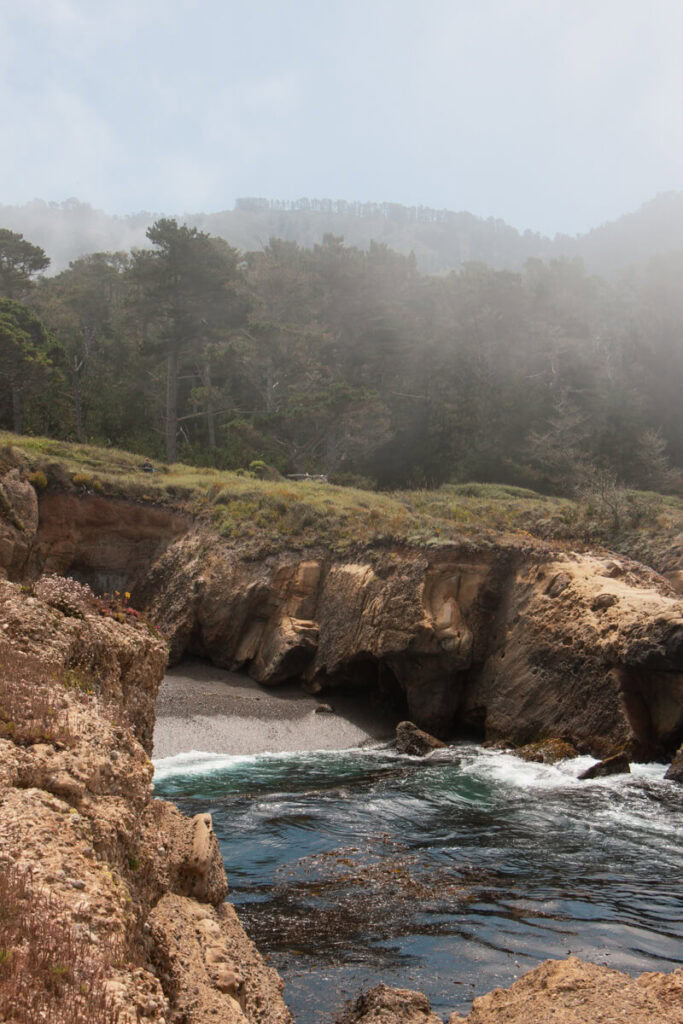
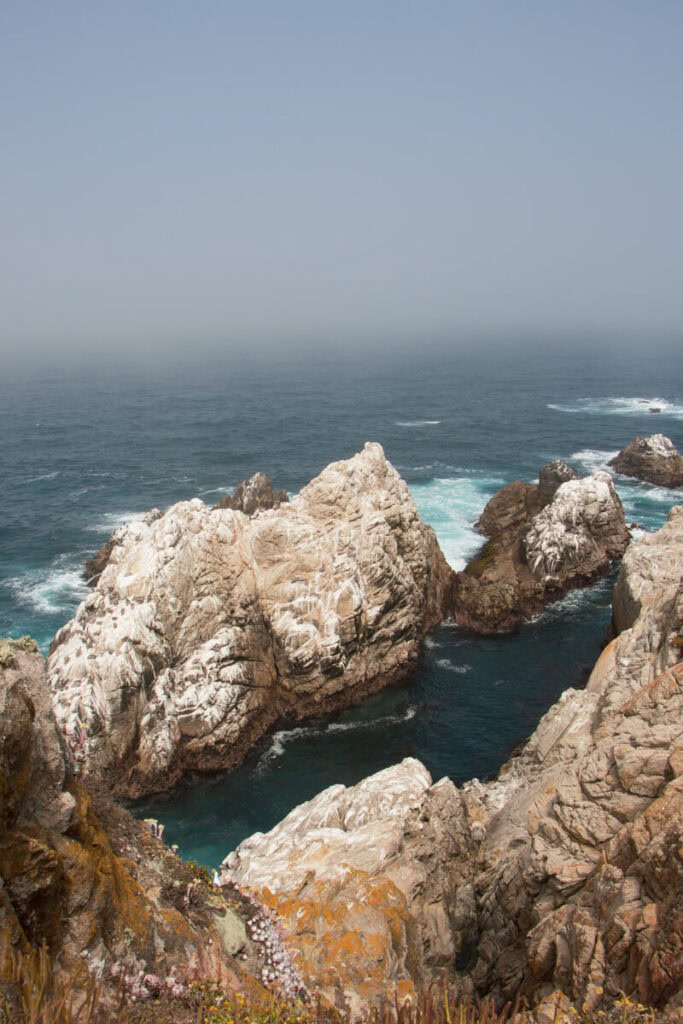
Other Cool Spots to Check Out in Point Lobos
In addition to these trails, there are other points of interest you may want to check out during your visit.
The first is the historic Whalers Cabin, located on the north shore of the reserve. Originally built by Chinese fishermen in the 1850s, this cabin is now home to a small museum dedicated to the history of the area. The Point Lobos Loop Trail passes right by it, but if you aren’t hiking the full loop, you can park down the road and walk over.
There are also two beaches right along the South Shore Trail that are worth checking out. The first is Hidden Beach, a small, picturesque pocket beach. There are stairs going down to the sand if you want to dip your toes in the water (though it’ll probably be cold!).
A bit north of Hidden Beach is Weston Beach. This is a great beach to walk down to if you want to check out the tide pools. Of course, observe any marine life without touching, and to preserve the natural habitat, refrain from collecting plants or shells.
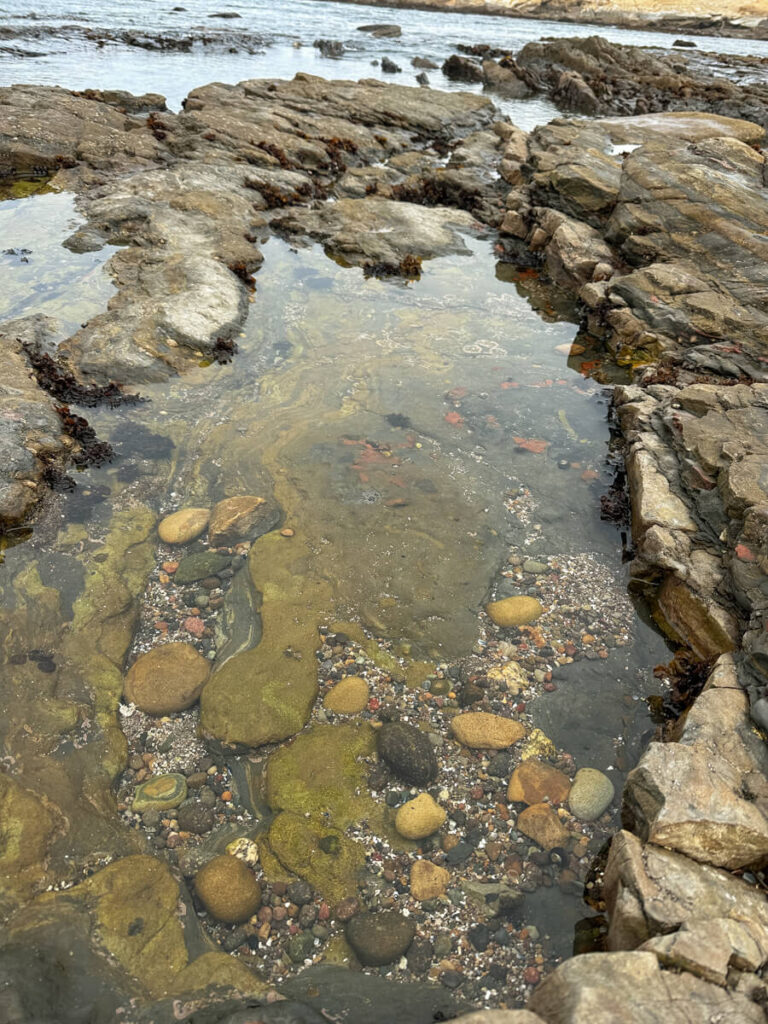
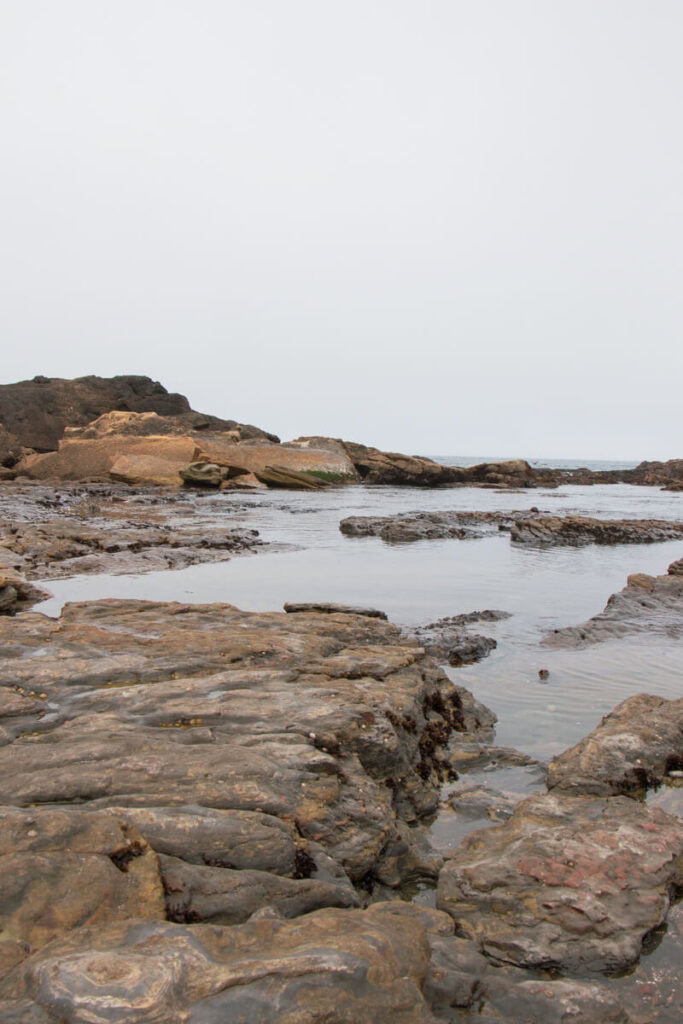
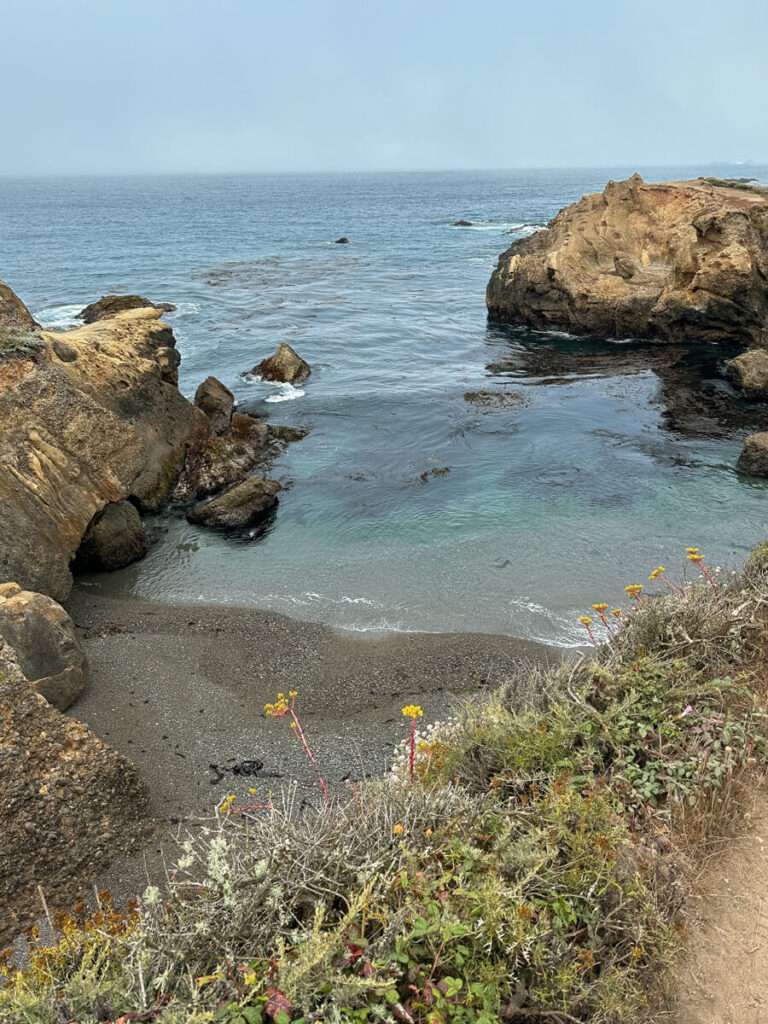
Experiencing Wildlife at Point Lobos
As you make your way through the reserve, be sure to keep your eye out for wildlife. Many visitors go whale watching while visiting. According to the Point Lobos Foundation, Pacific gray whales (which migrate through the area from December to May) are some of the most commonly spotted whales. Humpback whales may be seen from March through December, while other whales that may pass through include orcas, minke whales, and blue whales.
As mentioned above, you’ll likely see sea lions and otters, as well as harbor seals and elephant seals. On land, you may spot animals like deer, badgers, rabbits, weasels, and bobcats.
Things to do Near Point Lobos
If you’re looking to explore more of the area after your visit to Point Lobos, here are some additional activities to consider:
- Explore Big Sur: Given their proximity, many travelers choose to explore both Point Lobos and Big Sur during their trip. There are plenty of amazing things to do in Big Sur. If you don’t want to drive too far into the area, there are some great hikes in Andrew Molera State Park (which is on the northern half of the region). If you are down to drive a bit further, you can’t miss McWay Falls in Julia Pfeiffer Burns State Park.
- Stroll Through Carmel: Once you’re done at Point Lobos, consider spending the rest of your day in Carmel-by-the-Sea. Grab lunch at an eatery in town, stroll down Ocean Avenue, and spend some time at Carmel Beach.
- Visit Nearby Beaches: If you want to spend more time by the water, consider lounging at one of the local beaches. Monastery Beach is located on the northern edge of the reserve, while Carmel River State Beach is just a few miles up the road.
- Do the 17-Mile Drive: The 17-Mile Drive in Pebble Beach takes you along the rugged coastline, where you’ll enjoy stunning views of the natural scenery.
- Check Out the Monterey Bay Aquarium: The world-famous Monterey Bay Aquarium is a great place to visit if you want an up-close experience with marine life.
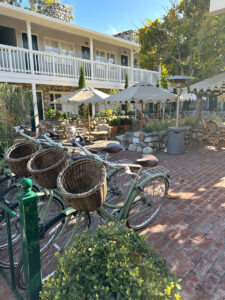
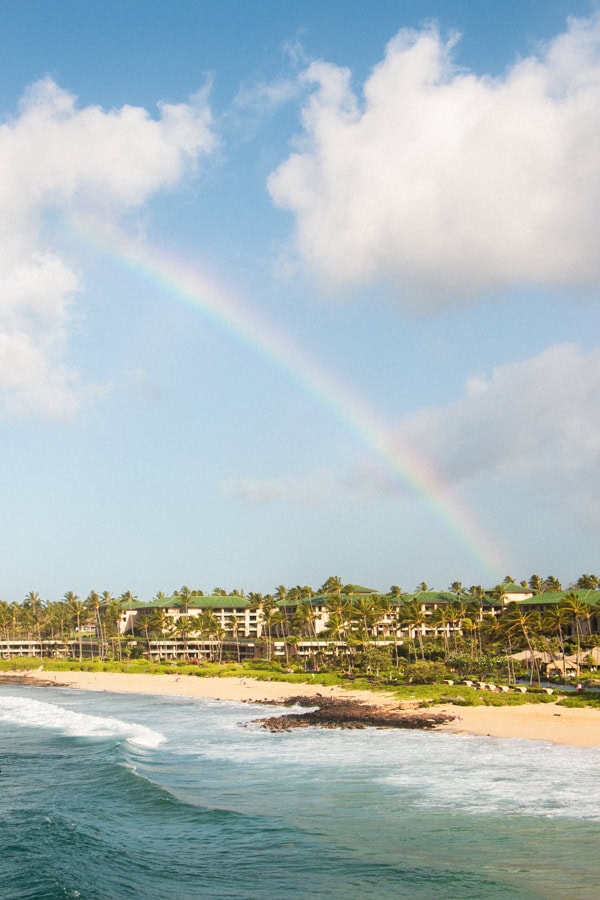
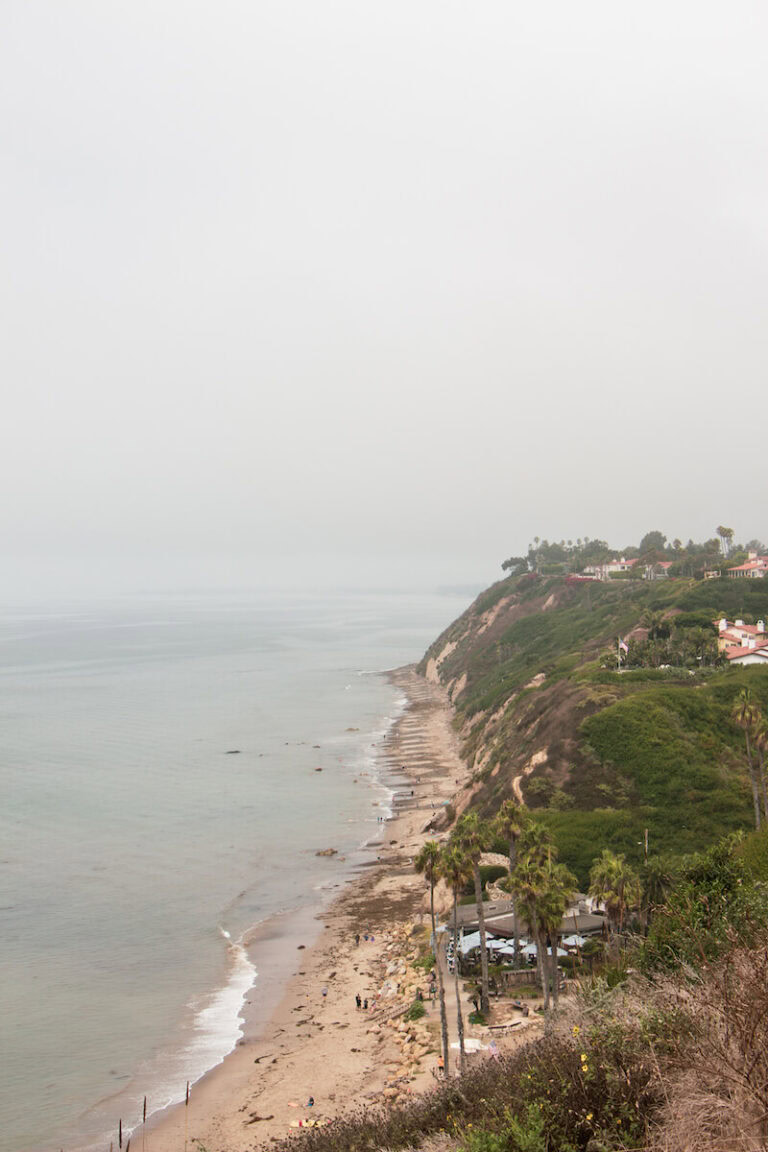
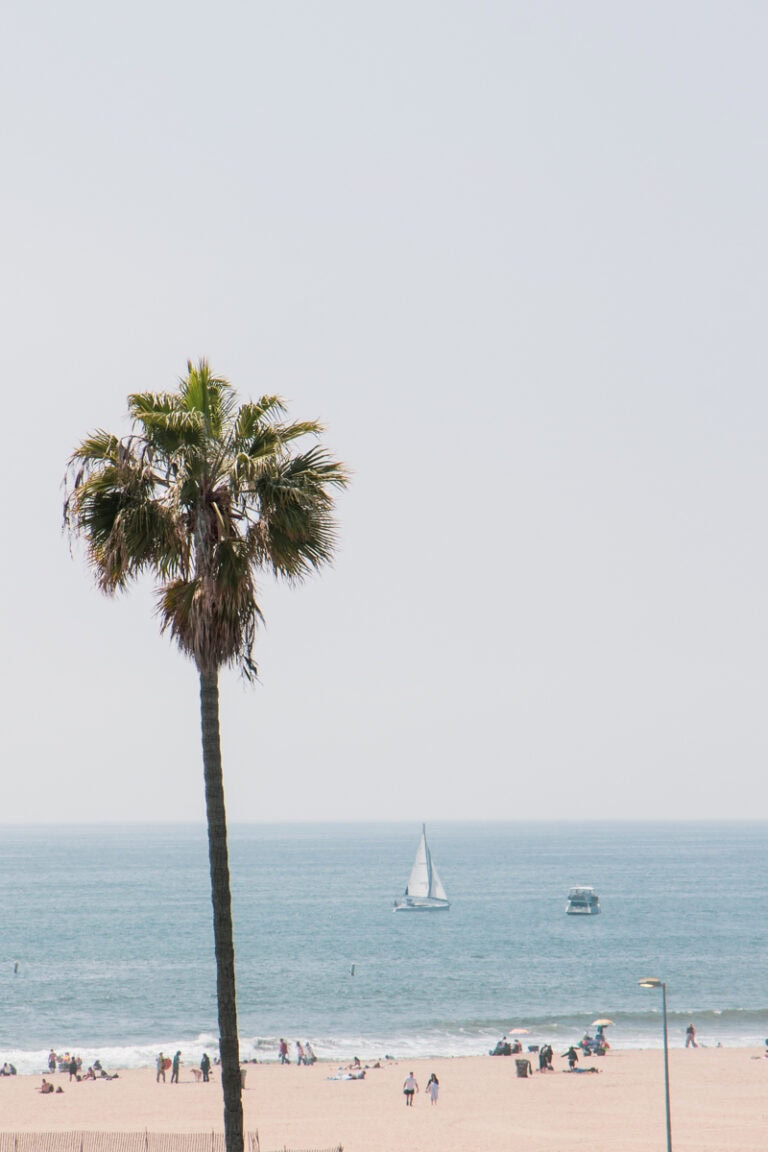
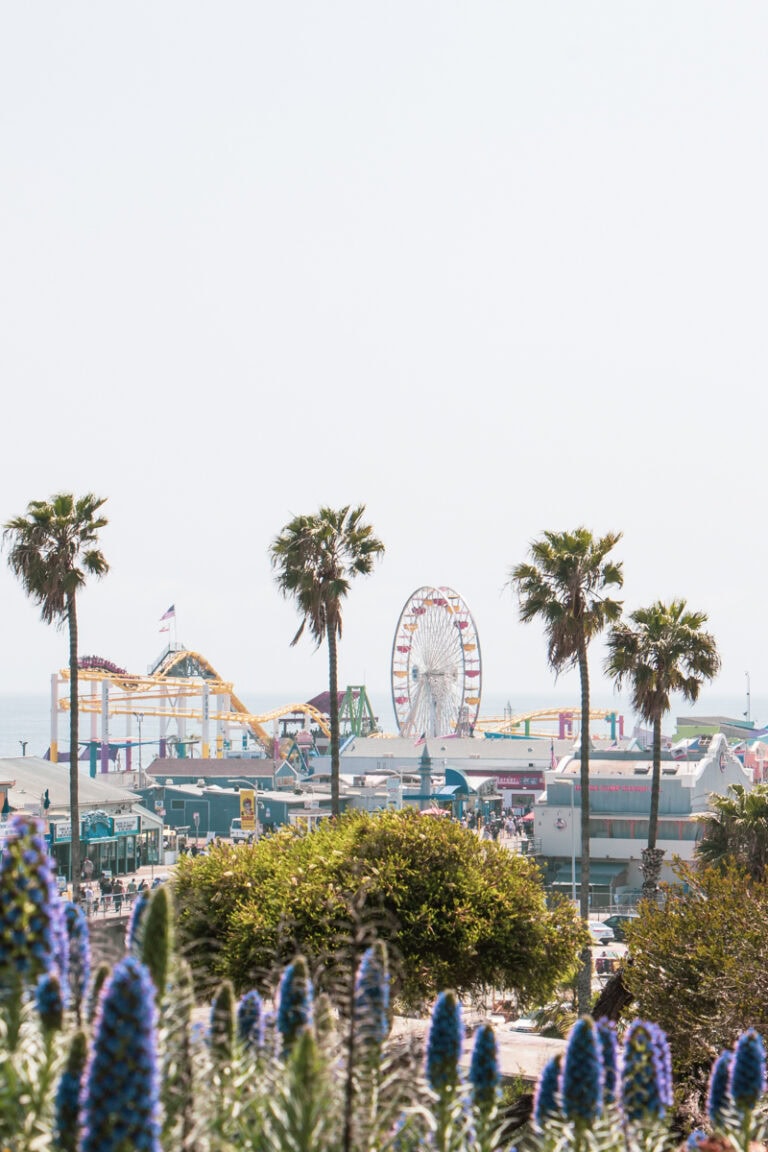
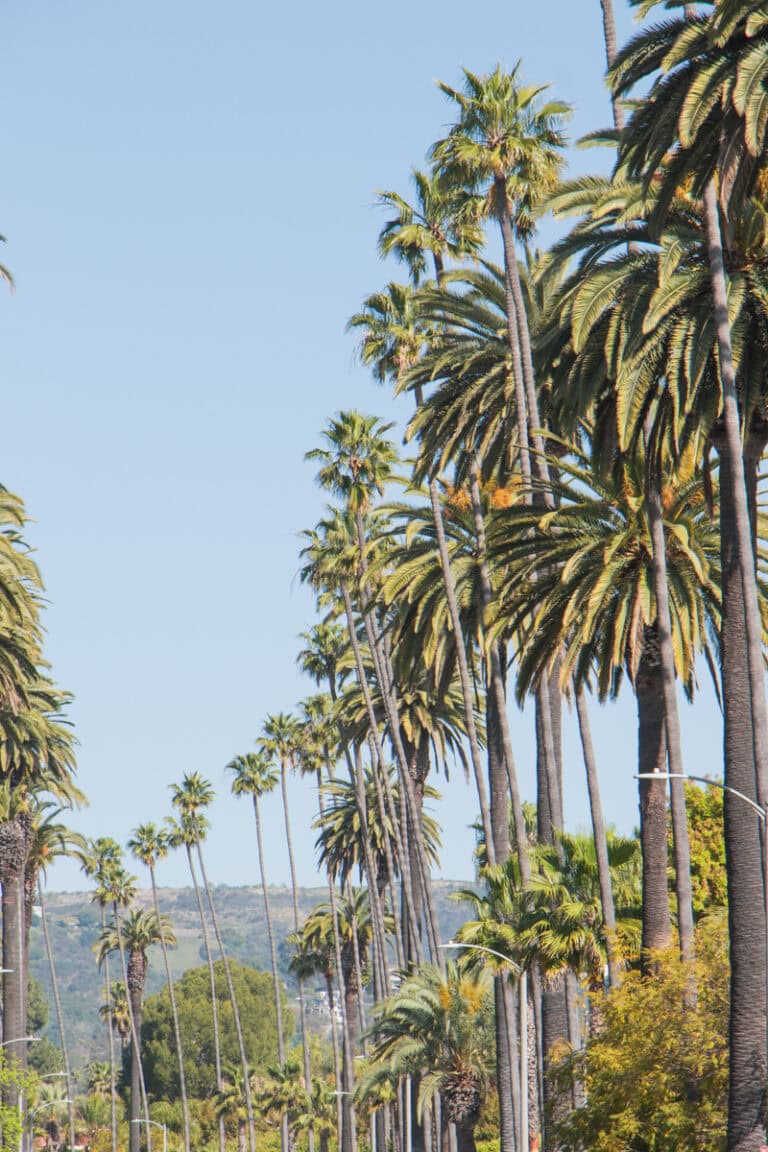

11 Comments
Comments are closed.